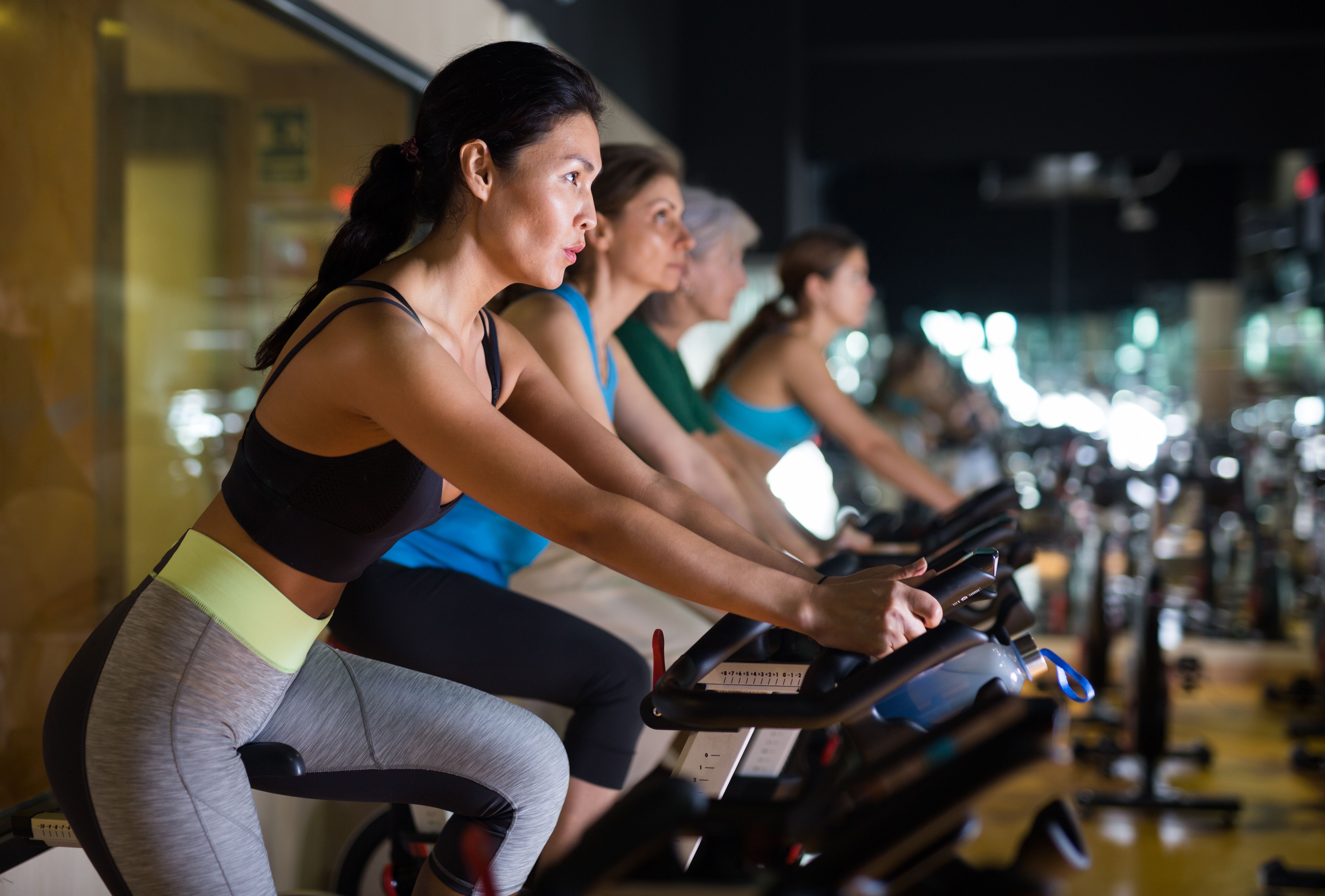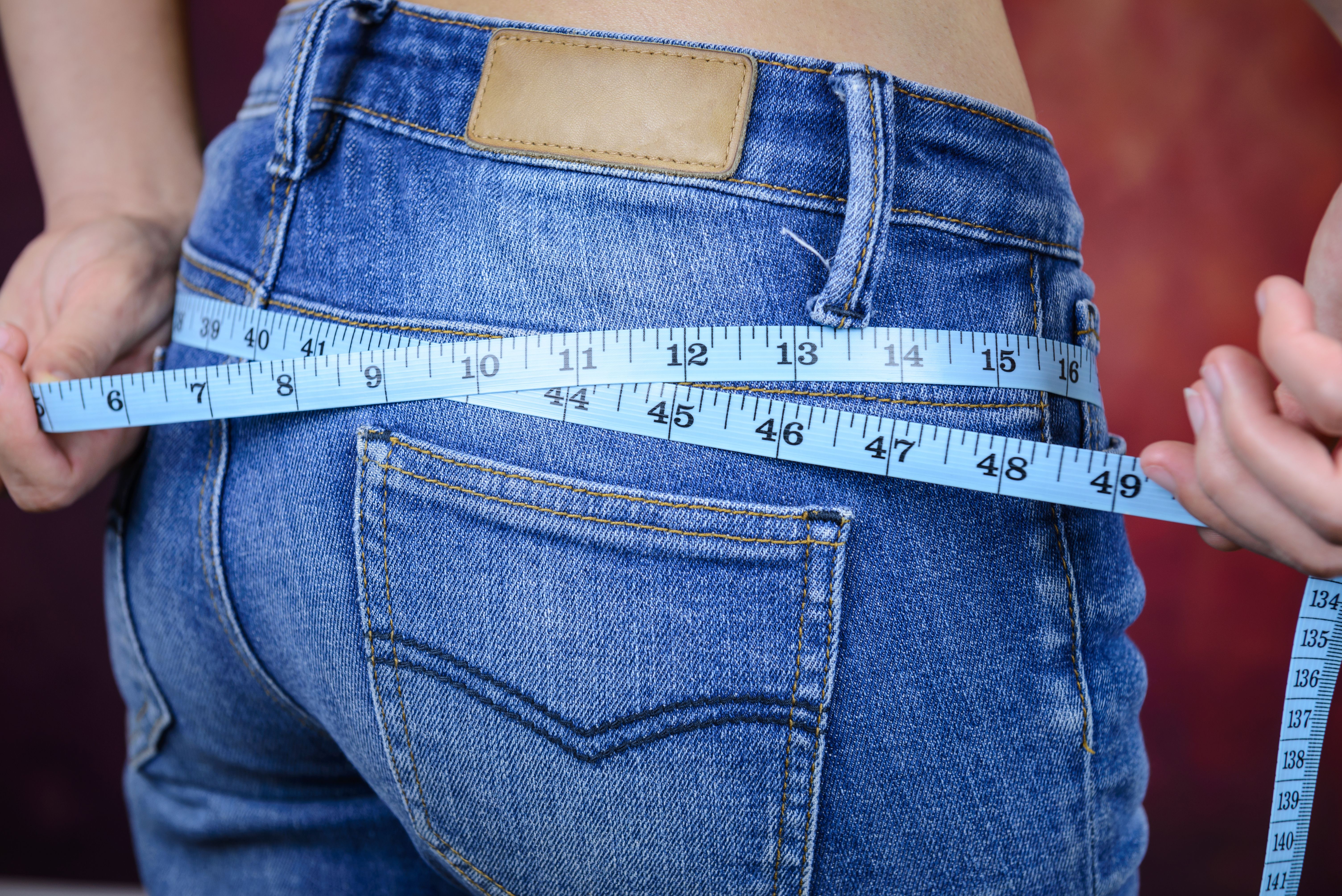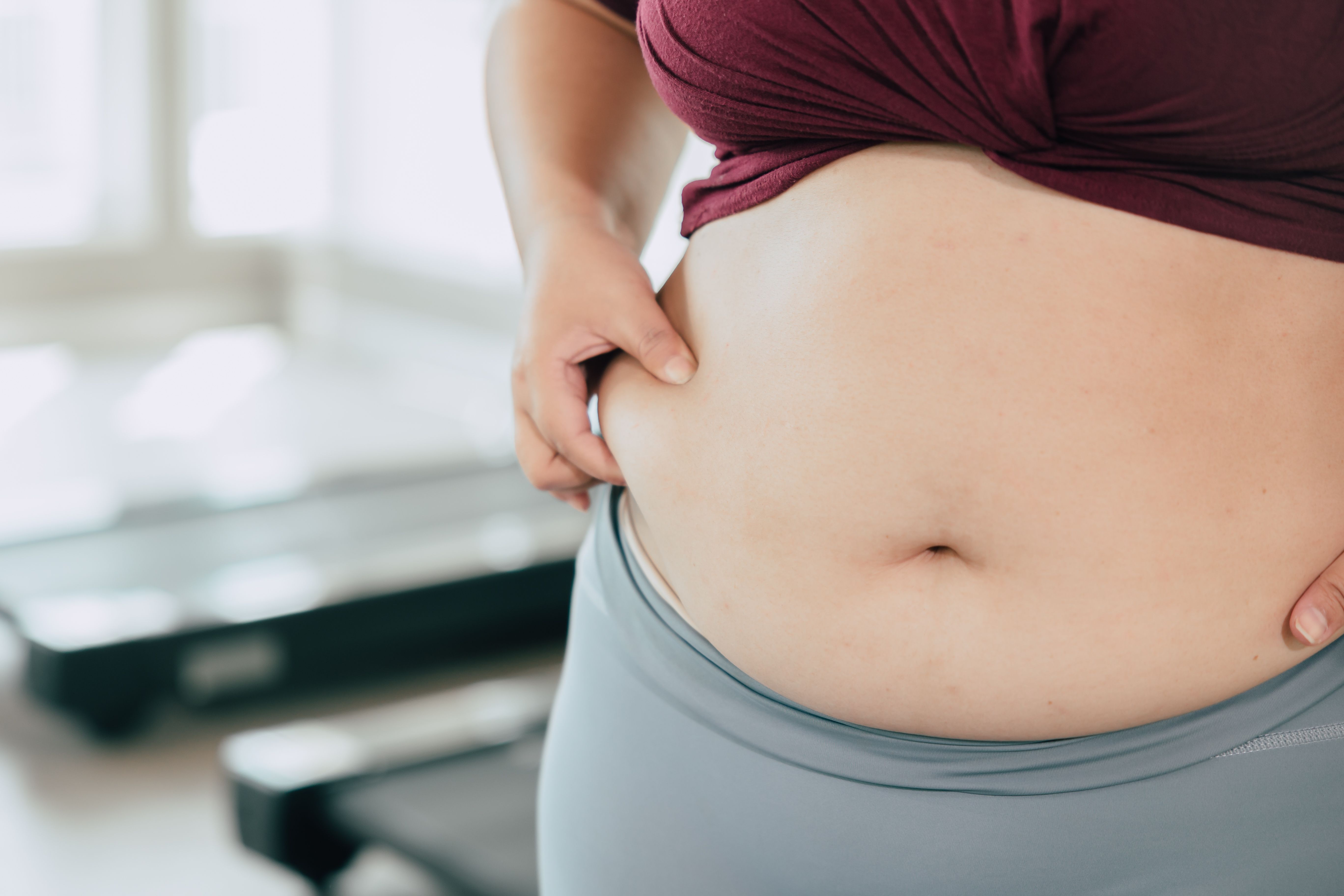Prevention of Chronic Venous Disease
Signs & Symptoms of Chronic Venous Disease
4/17/2024
7 Ways to Prevent Varicose Veins
What are the ways to prevent varicose veins?
- Exercise regularly
- Maintain a healthy weight
- Avoid prolonged sitting or standing
- Elevate your legs
- Stay hydrated
- Eat a high-fiber diet
- Avoid tight clothing
Overview
- This article outlines practical advice for preventing and managing varicose veins, emphasizing lifestyle changes that promote healthy blood circulation.
- Key recommendations include regular exercise, maintaining a healthy weight, avoiding prolonged periods of sitting or standing, leg elevation techniques, staying hydrated, consuming a high-fiber diet, and selecting non-restrictive clothing and footwear.

Introduction
Varicose veins refer to veins that have become enlarged, twisted, and visible just beneath the skin surface1. They most commonly appear in the legs. This happens when the valves inside the veins, which normally keep blood flowing in one direction, don’t work properly. This results in an uncomfortable feeling.
Fortunately, there are several ways to prevent varicose veins or to alleviate their severity. These strategies comprise various lifestyle adjustments and habits aimed at promoting healthy circulation of the blood.
Understanding and implementing these not only reduces the risk of varicose veins but also promotes overall well-being.

Exercise Regularly
Engaging in physical activities such as walking, jogging, cycling, or swimming can strengthen the muscles in your legs, provide better support for the veins, and facilitate the efficient return of blood to the heart. These activities help your legs contract, squeezing the veins running through them. This pushes the blood back up towards the heart, promoting better blood flow.
Therefore, incorporating regular exercise into your routine is a proactive step towards maintaining vascular health and reducing the risk of varicose veins.

Maintain a Healthy Weight
Excess weight can exacerbate venous insufficiency and contribute to the development of varicose veins 2. It puts additional pressure on your veins, especially those in the lower limbs, which already work against gravity to return blood to the heart.
This added pressure can weaken the valves in the veins, making it harder for them to prevent the backflow of the blood. As a result, blood can pool in the veins, leading to the stretching, twisting, and bulging characteristic of varicose veins.

Avoid Prolonged Sitting or Standing
The muscles 3 in your legs do not contract much when you’re sitting. Muscles, especially those in the calf, play a crucial role in pumping blood back up to the heart. This action is often referred to as the “calf muscle pump”. Without regular contraction, the efficiency of this pump is reduced, leading to slower blood flow.
On the other hand, continuous pressure from prolonged standing can also stress the walls of your veins 4. Over time, this stress can lead to stretching and weakening of the vein walls. They lose their elasticity and become less able to return to their normal shape, affecting the vein’s appearance.

Elevate Your Legs
Elevating your legs can reduce swelling and relieve pressure on your veins by lying down and propping your legs up on pillows 5. You can also use a footstool to elevate them.
This provides much-needed relief from the symptoms of varicose veins, like heaviness, swelling, and discomfort. You can aim for about 15-20 minutes at a time 6. This allows sufficient time for the blood that has pooled in your legs to circulate back toward the heart. This reduces pressure in the veins of your legs, minimizing swelling.
So, if you’re prone to swelling or have varicose veins, doing this routine every day can help manage symptoms and prevent further complications associated with venous pressure.

Stay Hydrated
Staying adequately hydrated means your body has enough water to function properly 7. This ensures your blood vessels, including veins and arteries, can remain plump, dilated, and flexible. This supports optimal blood flow throughout your body, allowing blood to move efficiently and deliver oxygen and nutrients to various parts of your body.
The general recommendation of drinking at least eight glasses of water a day helps you stay hydrated. However, individual hydration needs can vary based on factors like physical activity, climate, and overall health.

Eat a High-Fiber Diet
Intaking a high-fiber diet is not only beneficial for digestive health but it also has an important role in preventing varicose veins 8. It reduces straining during bowel movements, which can further strain the veins.
That’s why integrating fiber-rich food into your diet such as fruits, vegetables, whole grains, and legumes helps maintain healthy blood vessels. This prevents the development or progression of varicose veins.

Avoid Tight Clothing
Veins are responsible for returning blood back to the heart, and they contain one-way valves to prevent blood from flowing backward due to gravity. Clothing that fits too tightly around your waist, groin, and legs can constrict the natural flow of blood 9. This is because tight garments apply direct pressure on blood vessels, particularly veins, which are relatively close to the skin’s surface.
This pressure can weaken the vein walls and damage the valves inside the veins. This can cause blood to pool in the veins rather than continue its journey back to the heart. Over time, this can cause the veins to become enlarged, twisted, and visible under the skin, which is commonly known as varicose veins.
Key Takeaway
Incorporating these proactive ways to prevent varicose veins into your daily routine can reduce its risk and promote overall vascular health. Individuals can enjoy improved circulation, reduce discomfort, and allow more active and healthier lives.
Venoactive treatments like Diosmin + Hesperidin (Daflon® 1000) aim to enhance the health of our leg veins by fortifying their tone, which gradually weakens with the advancement of chronic venous insufficiency. Buy now to experience improved vein health and alleviate symptoms such as leg pain, swelling, and varicose veins.
REFERENCES
-
Varicose Veins | NHLBI, NIH
-
Can Gaining Weight Worsen My Varicose Veins?
-
Overview of the Venous System - Heart and Blood Vessel Disorders - MSD Manual Consumer Version
-
Relationship between prolonged standing and symptoms of varicose veins and nocturnal leg cramps among women and men
-
Elevating Legs: Health Benefits, How To, Precautions
-
How To Elevate Your Legs | How Long for Leg Elevation
-
Hydration: Why It's So Important - familydoctor.org
-
Fiber intake, constipation, and risk of varicose veins in the general population: Edinburgh Vein Study
-
Varicose veins - Diagnosis and treatment - Mayo Clinic
2026